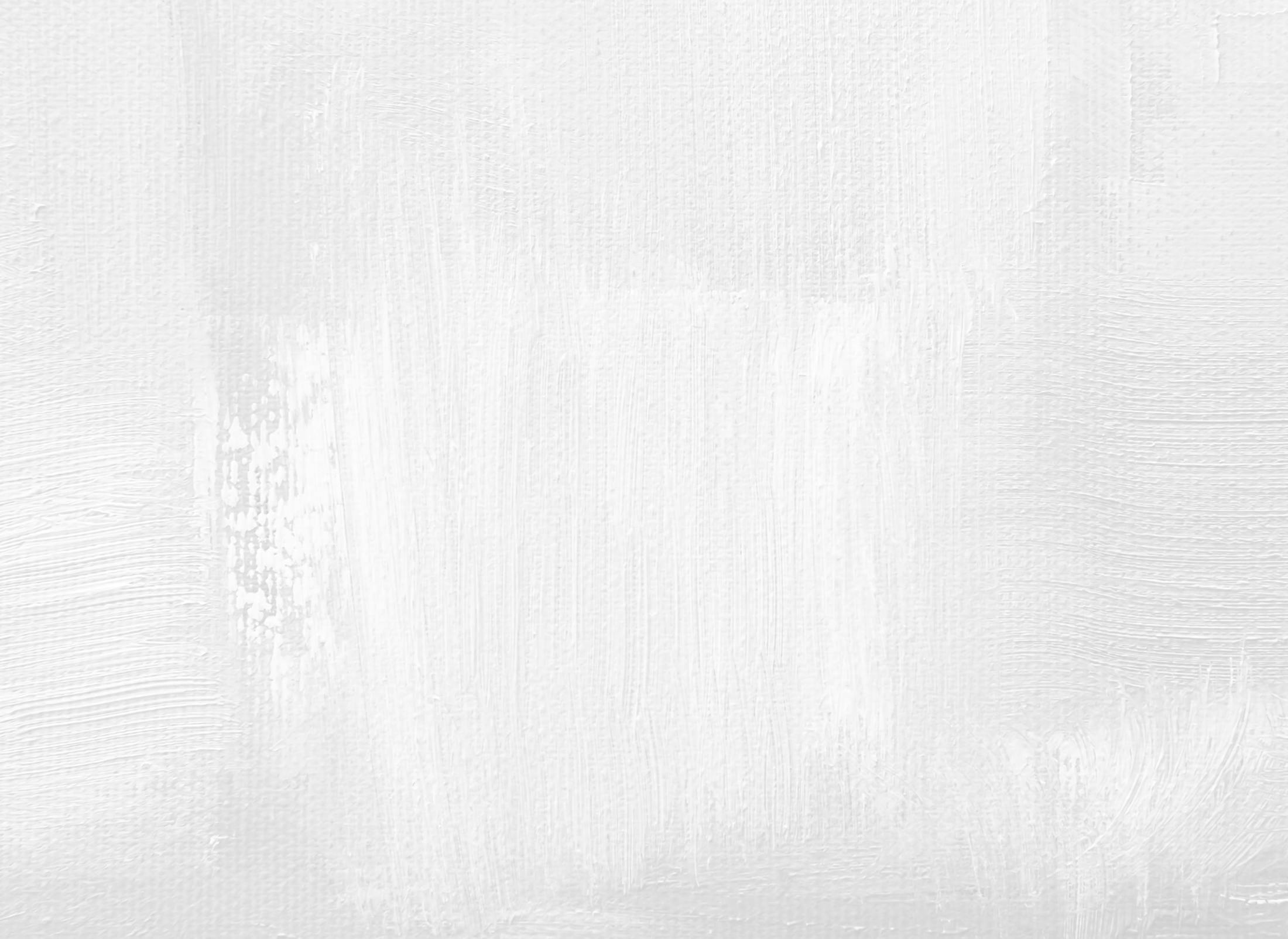Moles and skin growths are common, and while many are harmless, some require removal for medical or cosmetic reasons. Accurate evaluation is essential to rule out potential risks and guide treatment decisions.
Understanding Moles and Other Skin Growths
Moles and benign growths form when skin cells cluster or overgrow. While most are harmless, some may become irritated, bleed, or increase in size. Others may be atypical and warrant biopsy or removal to prevent complications.
Our dermatology team evaluates all lesions carefully before recommending treatment. A personalized approach ensures safety and precision for patients seeking mole removal in Lawrenceville, GA. Conditions that may require removal include the following:
- Atypical moles (dysplastic nevi)
- Skin tags in areas of friction
- Seborrheic keratoses, which may resemble warts
- Epidermoid or pilar cysts
- Cherry angiomas or other vascular growths
- Growths that change, bleed, or become irritated










